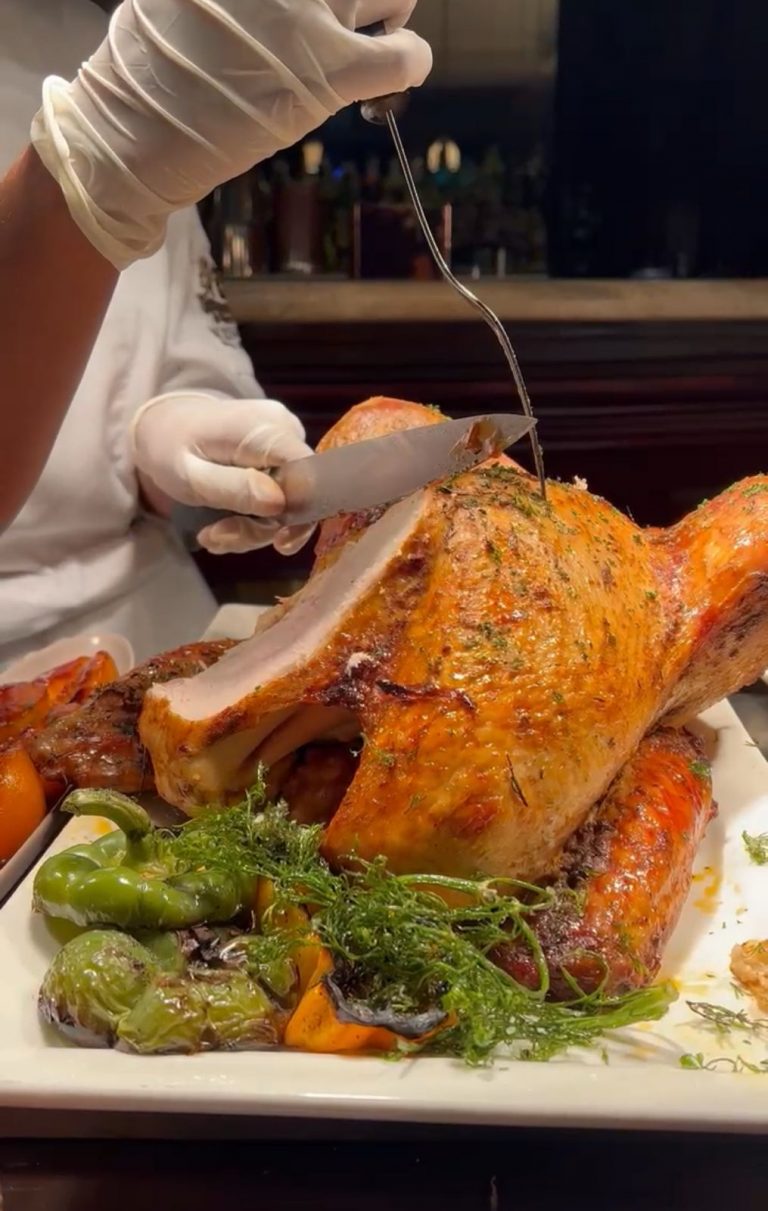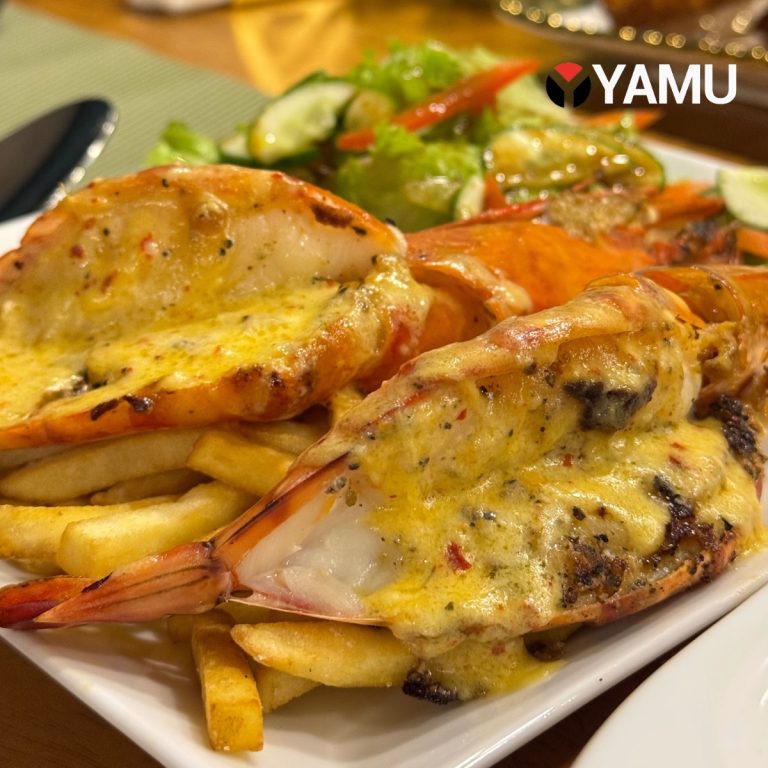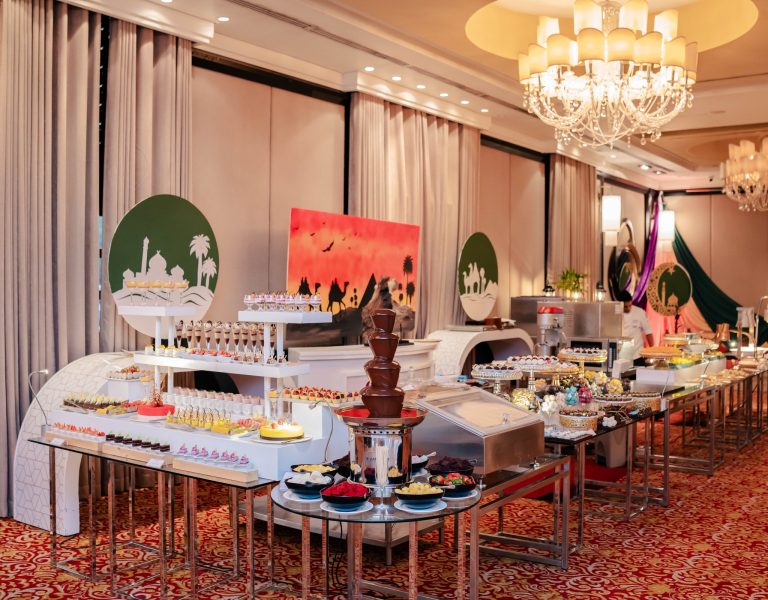By Rahma Rifkhan
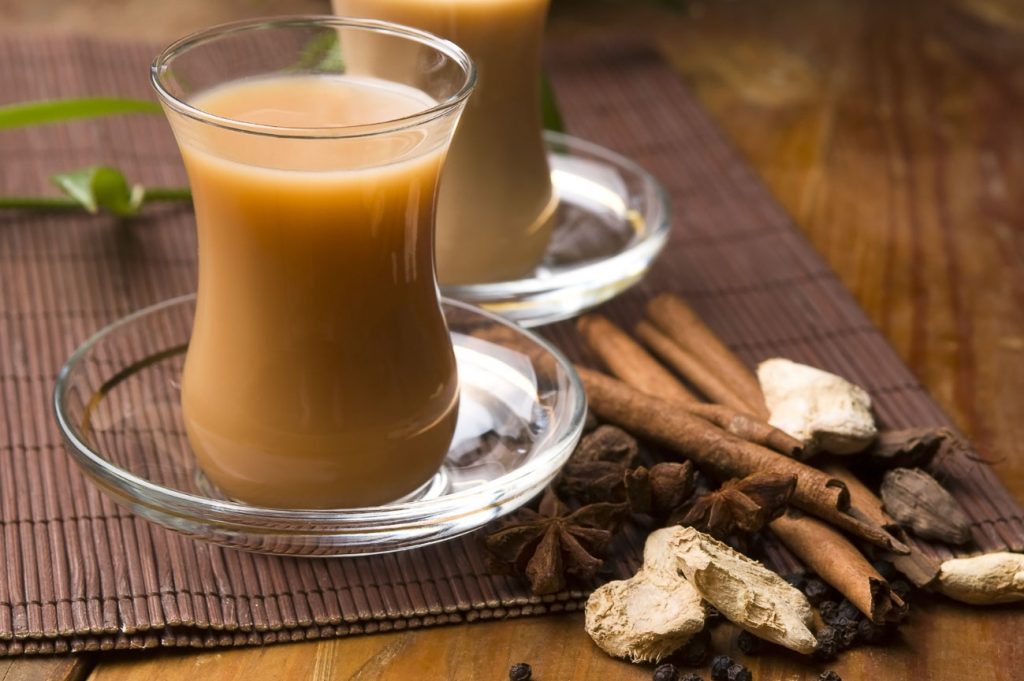
As the hot water seeps in through the tea leaves, the aroma of rich spices fills the air. A perfect harmony of flavours rings in every single sip. The fiery boldness of the ginger is complemented by the persistent sweetness of the cardamom, enhanced by the edge of the peppercorns and completed by the cinnamon’s earthiness. Along with the fragrant spices and frothy milk brews the tale of Chai: A bitter-sweet story of how this exotic beverage was discovered.
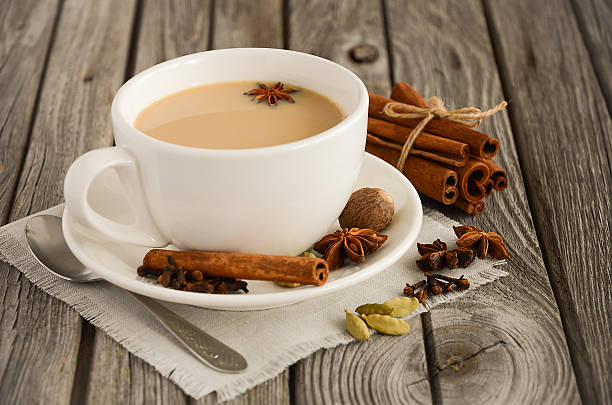
This steaming cup of Chai, which is now the subject of countless Instagram stories has a dark past steeped in tales of British Colonialism and Indian Rebellion. Chinese tea was all the fire among the Brits in the 1650s. Wanting to overthrow the Chinese-dominated tea trade, The British started looking elsewhere to grow tea. This is when they stumbled upon the lush lands of Assam, a northeastern state in India, where tea bushes grew wild. In the late 1830s, the first tea plantations were established and the British got wealthier while the locals laboured on. Under harsh working conditions, constant abuse and inhuman treatment; India’s tea Industry was born.
In the early 1900s, the British started a major marketing campaign to promote the tea-drinking culture within India. They introduced tea breaks, gave away free cups at gatherings and set up stalls nation-wide. However, there was a problem: black tea was expensive. In an attempt to lower the cost, local tea-vendors started adding spices, milk and sugar to the mix, against British recommendations. From this single act of rebellion decades ago, came forth something loved by millions today.
As India entered the 1960s, industrialised production of black tea made Chai even more affordable and so, its popularity soared, capturing the hearts of an entire nation. This is the story of how Masala Chai began.
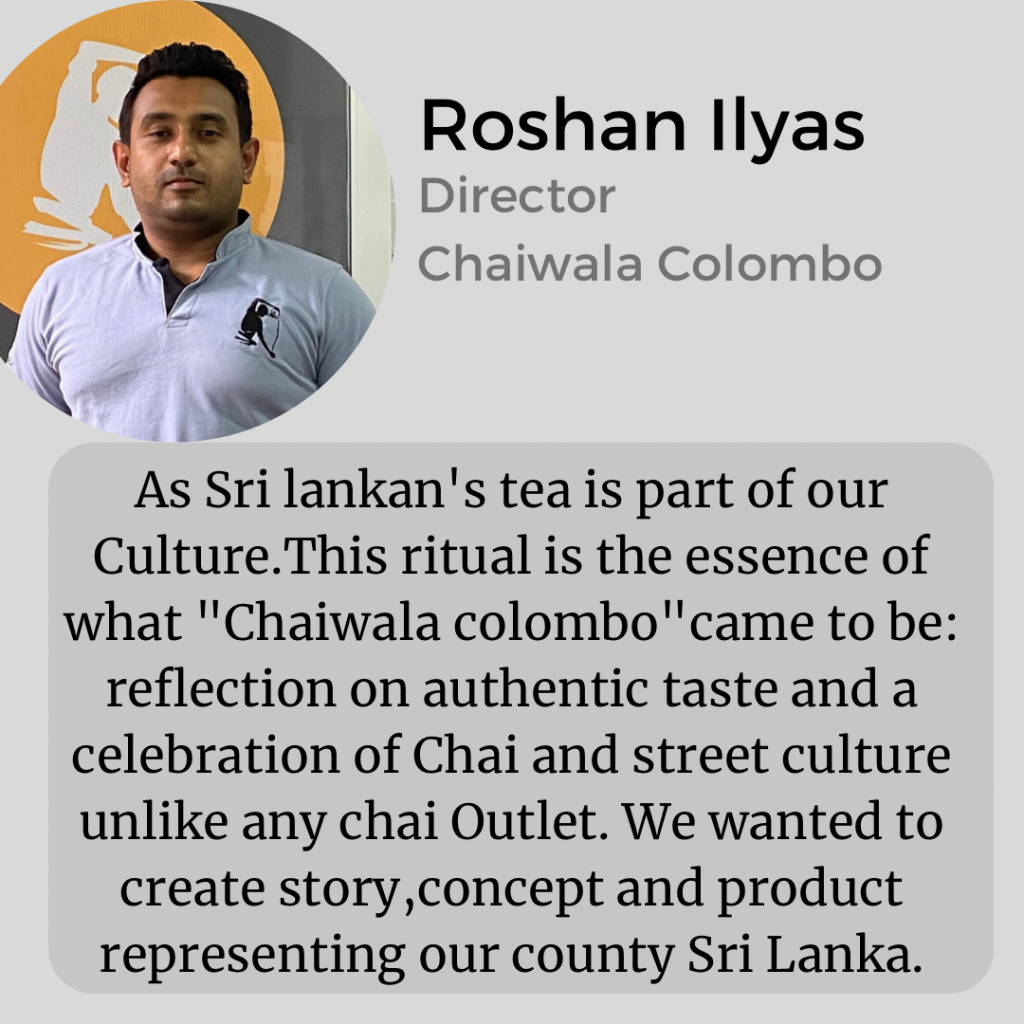
Tea has been an integral part of Lankan heritage and culture, dating all the way back to the era of British rule. Masala Chai, however, was enjoyed quietly in different corners of our island until recently, when it took the country by storm thanks to social media. Instagram posts and Snapchat stories of Chai complementing sunrises and sunsets; late nights and early-mornings; friend groups and family gatherings have ignited a Chai-craze among the Lankan crowd. Multiple Chai-selling spots that keep popping up all over Colombo has definitely added to this.
If all this Chai talk has you craving for a steaming cup of spicy-goodness, here are some local spots you can hit!
Chaiwala Colombo – No-33 Frankfort Pl, Colombo 04
Unu Unu Tea Express – No- 27 Jaya Rd, Colombo 04
Karak – No- 377 A, Galle Rd, Colombo 03
Bombay Chaiwala – No- 418, R.A De Mel Mawatha, Colombo 03
The art of Chai has been passed down many generations, seeped in culture and heritage through centuries. There is no single recipe for this unique infusion. From family to family, town to town and country to country, the recipe differs but one thing stays constant. Wherever a cup of Chai is shared, it never fails to bring people together for a few moments of shared joy in a world of uncertainty.
So, here’s to Chai: The drink that connects crowds across continents.

